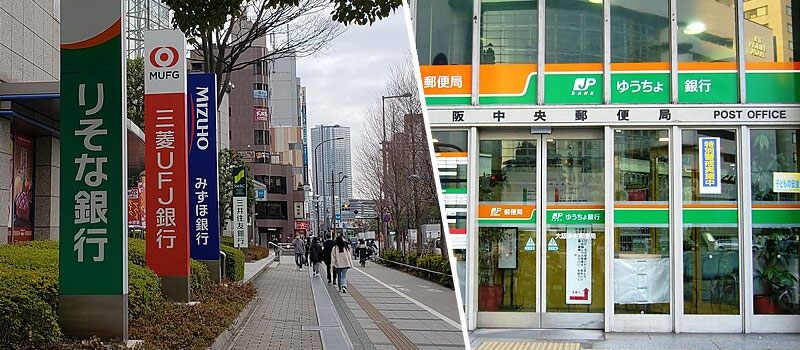Here’s a simple guide to help you open a bank account in Japan.
1. What You’ll Need:
To open an account, you’ll usually need:
- Your residence card (在留カード)
- A Japanese address and phone number
- Sometimes your My Number (Individual Number)
Some banks may also ask for:
- Your hanko (personal seal), though many accept a signature
- Your passport as a secondary ID
2. Recommended Banks:
Some banks are more foreigner-friendly than others. Here are a few popular options:
- Japan Post Bank (ゆうちょ銀行): Easy to access, with ATMs nationwide.
- Shinsei Bank: Known for English-language support and simple applications.
- Mizuho, MUFG, and SMBC: Major banks with broad services, but may have less English support.
Online-only banks are also an option:
- Rakuten Bank and Sony Bank: Convenient for online banking, with lower fees and good features. However, their applications are in Japanese, and setup can be more difficult without language support. These are best for residents who already have some experience in Japan.
3. The Process:
- Visit the bank during business hours (typically 9:00–15:00 on weekdays).
- Fill out an application form (in Japanese at most banks).
- Your cash card will be mailed to you in about a week.
- Most accounts come with an ATM card and online banking access.
4. Helpful Tips:
- Avoid busy hours—late morning is usually best.
- Bring all required documents, including your residence card and My Number if possible.
- If your Japanese is limited, consider going with a friend or using a bank that supports English.
- Check if the bank requires a minimum deposit—some don’t.
In Short:
Opening a bank account in Japan takes a bit of time and paperwork, but once it’s set up, it makes life much easier—from getting paid to paying rent.
If you choose a bank with good ATM access and basic English support, the process will be smoother than you think.
